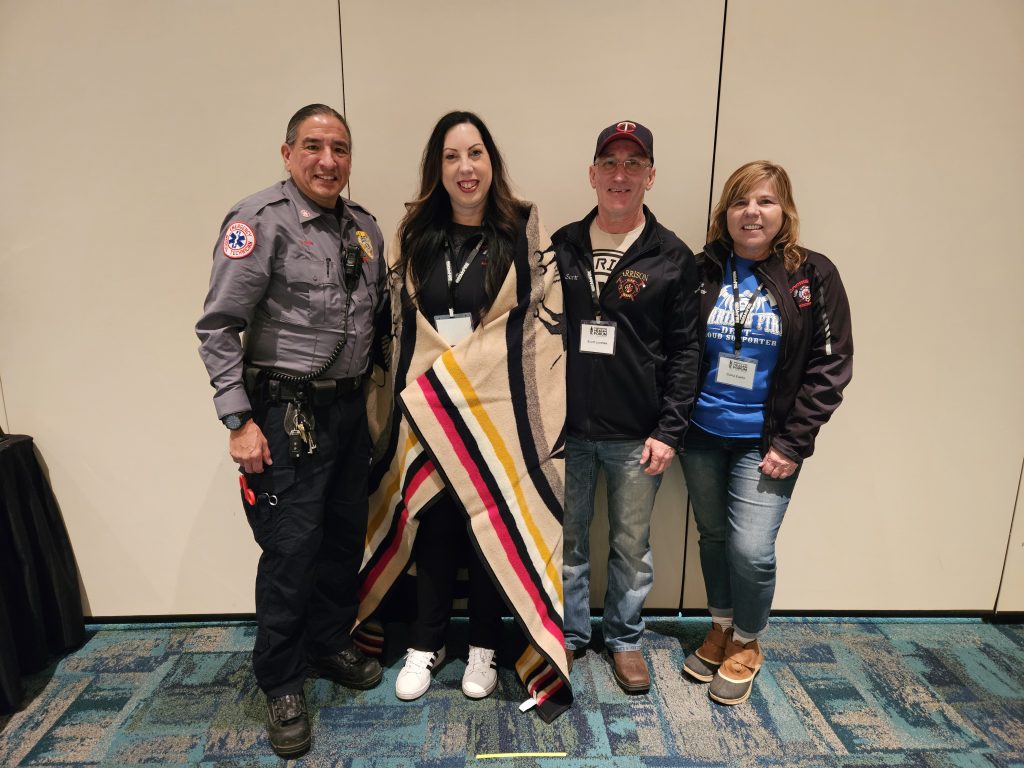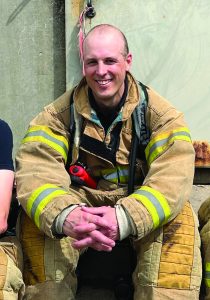Published in partnership with MnFIRE partner, Optum
Firefighters operate in high-pressure environments where every decision counts. With human lives often at risk, including their own, a single mistake can have devastating consequences. This constant pressure, along with the physical toll of the job, contributes to a substantial amount of stress for firefighters.
While many things are often beyond our control, we do have the power to manage some sources of stress. Consider trying these stress-busting strategies to ease tension, quiet your mind and find calm.
- Move — Physical activity can serve as a stress reliever. Your body releases chemicals that make you feel good, and the increase in oxygen and blood flow can boost your energy level. Even a 5-minute walk or stretch can make a difference and take our mind off pressing issues.
- Simplify — When your day feels overwhelming, take stock of your to-dos. Focus on what must be done, delegate what you can, and let go of what isn’t necessary.
- Resist — Avoid foods and drinks that might negatively impact your mood. For example, if you know another cup of coffee is going to make you feel anxious and jittery, skip it.
- Engage — In tough times, remind yourself how much better you might feel with support or a friendly distraction. Spend time with a friend who makes you laugh, volunteer at a shelter for some “pet therapy,” or do something else that helps you feel connected.
- Plan — Routines can be comforting, so develop and stick to ones that work for you and your loved ones. For example, try prepping meals and outfits in advance of the hectic work week, or say “no” to a few invites to avoid being overscheduled.
- Accept — It’s OK to not be OK. Give yourself time to process your emotions, then do your best to move past them. Let’s say a taxi driver blew past you or your partner snapped at you. Take a moment to feel the frustration, then a few deep breaths and focus on letting it go when you’re ready.
- Change — Take stock of what stresses you and why. Could you do something differently? If so, make a plan and follow through.
- Communicate — The people closest to you may not realize how overwhelmed you feel. Opening up can help them understand you need support and may also help break unhelpful patterns. It could be something simple like asking your roommate to clean and put away their dishes, so it’s one less thing weighing on you.
- Practice — It’s natural to feel stressed out, anxious or irritable from time to time. Give yourself the same respect and patience you give others. And take care of yourself: Choose nutritious foods, get restful sleep, be active and take some “me” time to do what you enjoy most. Self-care is key to your overall health and well-being.
Help is just a call away
Sometimes, it can help to talk to someone who knows what you are going through. MnFIRE provides confidential mental health resources funded by the Hometown Heroes Assistance Program – including counseling visits and peer support – to Minnesota firefighters and their families. These services are available at no cost to active Minnesota firefighters and their families. Get connected by calling our 24-hour helpline at 888-784-6634.
Sources
HealthHub. Your guide to stress management. Accessed November 15, 2022.
Mayo Clinic. Stress relievers: Tips to tame stress. August 3, 2023.
Mental Health Foundation. How to manage and reduce stress. Accessed January 22, 2025.
Office of Disease Prevention and Health Promotion. Manage stress. August 20, 2024.




 I am a lifelong Sauk Centre resident. I’ve been married to my husband Kelly for 23 years. We have three adult daughters, Greta (22), Ellen (20) and Ava (19). My hobbies include gardening, cheering on the Minnesota Twins, and drinking coffee/socializing with friends. My full-time career is a 911 Dispatcher for the Douglas County Sheriff’s Department in Alexandria, MN. I’ve been dispatching for eight years.
I am a lifelong Sauk Centre resident. I’ve been married to my husband Kelly for 23 years. We have three adult daughters, Greta (22), Ellen (20) and Ava (19). My hobbies include gardening, cheering on the Minnesota Twins, and drinking coffee/socializing with friends. My full-time career is a 911 Dispatcher for the Douglas County Sheriff’s Department in Alexandria, MN. I’ve been dispatching for eight years.
